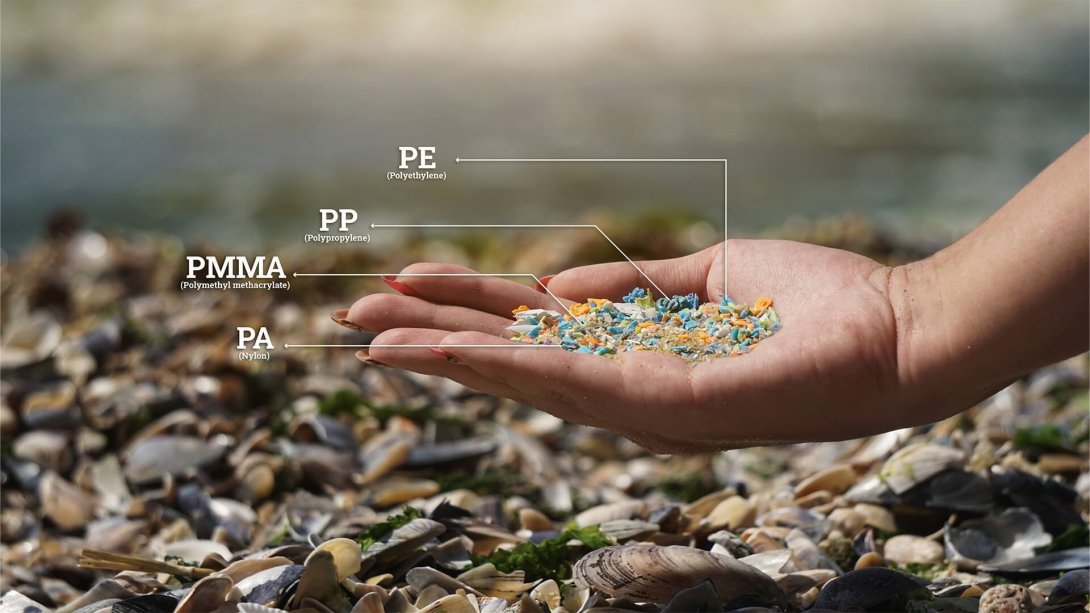

The Seedy Side of the Singles Scene
There have been many debates over the years on how beneficial or detrimental recycling was to the overall environmental picture, and today, it is no different. While recycling has been around for a long time (those jackets with elbow patches were not initially a hot fashion choice), curbside recycling started in the 1960s and has spread to the point that most areas of the country have some sort of recycling program nowadays. With the increase in recycling availability, we see an even greater increase in single-use plastics, but perhaps this is not as guilt free an option as we have been led to believe.
While curbside recycling has become more prevalent, the recycling of plastic has always been a difficult topic. In the past, the focuses were on what type of plastic, does it have the right recycling code, and does this location take my plastic bags, or my yogurt container, or the coffee pods that I have come to depend on? Nowadays, there is a whole “new” environmental concern with recycling plastic … microplastics.
Even though a small percentage of our plastic waste actually makes it to a recycling center, a byproduct of that recycling is microplastics, and those microplastics are then released back into the environment. And I know, you are saying, but plastic is safe. I had this exact debate with my uncle at a family gathering a couple of years ago. As all families are prone to when gathered, we were debating the environmental impact of batteries for electric vehicles, and the conversation spun off to other environmental “hot” topics. I mentioned microplastics since that was the newest “hot” topic, after per- and polyfluoroalkyl substances (PFAS) of course, and the debate ensued. Since that time, there have been many studies into the effects of microplastics on the environment and food chain, proving that the plastic we all use is not as safe as we used to believe.
What are microplastics?
Microplastics are plastics less than 5 millimeters (0.2 inches) in diameter that do not readily break down. They end up in our waterways and oceans from many sources, including microfibers shed from clothing or fishing nets and the breakdown of larger plastic items. These microplastics have been detected in marine organisms from plankton to whales, in commercial seafood, in freshly fallen snow in Antarctica, and even in drinking water. And now recycling our plastic is another source for these to enter the waterways.
A recent peer-reviewed study out of the United Kingdom1 found that 13% of the plastic processed was released into the water as microplastics. Filtration systems can be used to reduce the number of microplastics released. The facility studied had successfully reduced the microplastics released from 13% to 6% of the total volume processed after installing a filtration system. But even at 6%, up to 75 billion plastic particles were released in each cubic meter of wastewater. For those that do not want to do the conversion, that is 284 million plastic particles per gallon or almost 18 million plastic particles in an 8-ounce cup! Obviously, these were not the 5-millimeter microplastics, 90% were actually under 10 microns (0.00039 inches or the size of a red blood cell) in size, so it should be no surprise that we did not realize this was a problem years ago.
To paraphrase Eleanor Roosevelt, lighting a small candle is better than cursing the darkness. However, even if you consider that only an estimated 9% of the 353 million tons of plastic produced is recycled, the numbers start to look quite daunting, so it might be time to look in other directions. While the symbol for the Three R’s has become synonymous with recycling for anyone growing up over the last 40+ years, the Reduce and Reuse portion of that symbol are often forgotten and need to be brought to the forefront of the discussion.
Recent legislation across various parts of the country has been trying to focus on reduction by placing limitations on our plastic usage with bans on various plastic products from bags to straws. And we are not alone, bans and taxes on single-use plastics exist in more than 120 countries. I am not saying stop recycling, and neither are the experts; new research3 indicates curbside recycling is beneficial to the environment and can help areas meet climate goals. We just need to start thinking about whether plastic should be included in the Recycle part of the Three R’s or if the reduction or reuse of products made from plastic is a better alternative for everyone. Or perhaps by adding a fourth R, Replace, and looking into making plastic alternatives, such as hemp, a more viable and affordable option.
If you are faced with a microplastics problem, we have experts that can help.

